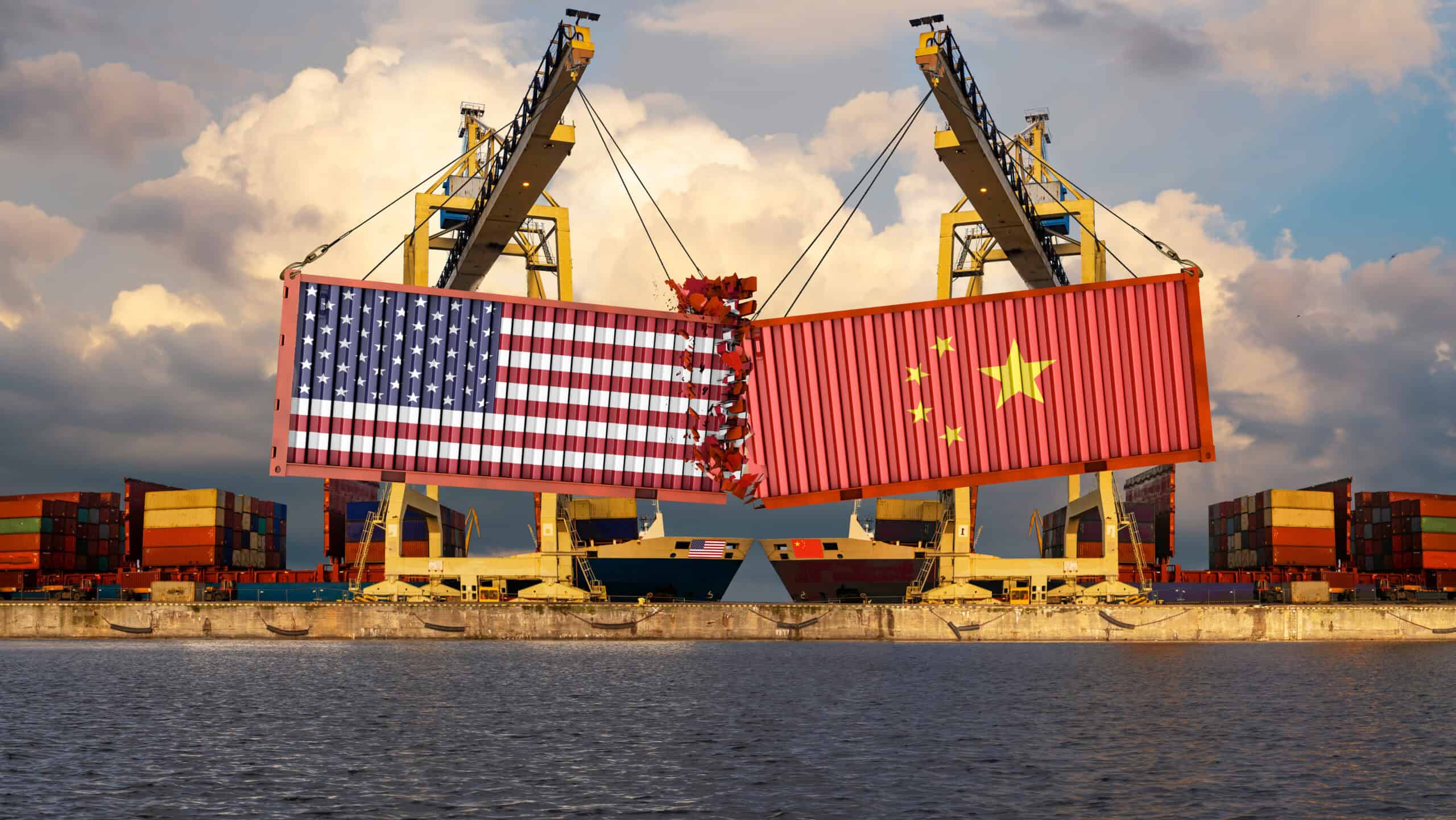A brief easing of tariffs between the US and China has set off a burst of transpacific trade activity, but deeper tensions and long-term supply chain disruptions continue to cloud the outlook.
A 90-day truce in the ongoing US-China trade war has sparked a rush to move goods across the Pacific, with businesses scrambling to take advantage of temporarily lowered tariffs.
President Donald Trump essentially backed down on a trade war that he started with China, reducing US duties on Chinese imports from a punishing 145% to 30%. China, meanwhile, slashed its tariffs on American goods from 125% to 10%.
The short-term relief is already creating ripple effects as container carriers like Marseille, France-based CMA CGM and Hamburg, Germany-based Hapag-Lloyd reportedly praised the pause and expect to see a spike in bookings as businesses try to ship before the temporary pause ends.
“You weren’t going to be shipping anything from China to the US at 145%,” David Roche, president of financial analysis firm Quantum Strategy in Singapore, told Global Finance. “At 30%, something gets shipped—but far less than when we were at 8% before Trump took office.” Roche noted that a modest uptick in container traffic might soon appear in Port of Los Angeles bookings, which reflect demand about three weeks out.
But he cautioned: “My feeling is that we will see a small recovery, but not a big recovery, and you will still have empty shelves, and you will still have increased inflation in the US as a result of these tariffs.”
April inflation data offered a mixed picture. While year-over-year inflation cooled slightly to 2.3%—just under the 2.4% forecast—prices still rose 0.2% month-over-month, missing estimates of 0.3%. Core inflation, excluding volatile food and energy prices, held steady at 2.8%.
The scenario looks less bleak compared to last month when Fitch Ratings downgraded its 2025 global GDP forecast to 1.9% amid concerns about Trump’s escalating tariff policy. The firm’s chief economist, Brian Coulton, said in an analyst note on Tuesday that while the latest 90-day pause brings the US effective tariff rate down from 23% to 13%, it’s still far above the 2.3% level seen in 2024.
This does not mean that the trade war, “which is already having a tangible economic impact, is over,” Coulton said, citing remaining 10% baseline tariffs and industry-specific levies still in force.
US Treasury Secretary Scott Bessent insists the US-China talks are part of a broader strategy of “economic decoupling for strategic necessities.” He emphasized that “generalized decoupling” is not US policy, but the administration remains focused on import substitution to reduce reliance on Chinese goods and bolster American manufacturing.
Even with the recent rollback, China remains the US’s most heavily tariffed trading partner. According to Fitch, the current ETR for Chinese imports stands at 31.8%, factoring in legacy duties on steel, autos, and a 10% baseline tariff applied broadly. Certain electronics like smartphones and computers were excluded from the most recent round of tariffs.
While the temporary deal may cool tensions and boost transpacific shipping in the short run, experts warn that the structural damage to global supply chains—and the strategic rift between the world’s two largest economies—is unlikely to heal in just 90 days.
Analysts for Singapore-based UOB Group struck a more optimistic tone following the pause in US-China trade tensions, forecasting a near-term economic boost for China as exporters rush to front-load production and shipments to the US during the window.
“Suffice to say, we now see some upside potential to our 2025 growth forecast for China of 4.3%,” UOB analysts said in a note, though they said that any formal revision will wait for further data. Despite the temporary reprieve, UOB expects China to continue focusing on domestic resilience and export diversification, supported by ongoing policy efforts.
